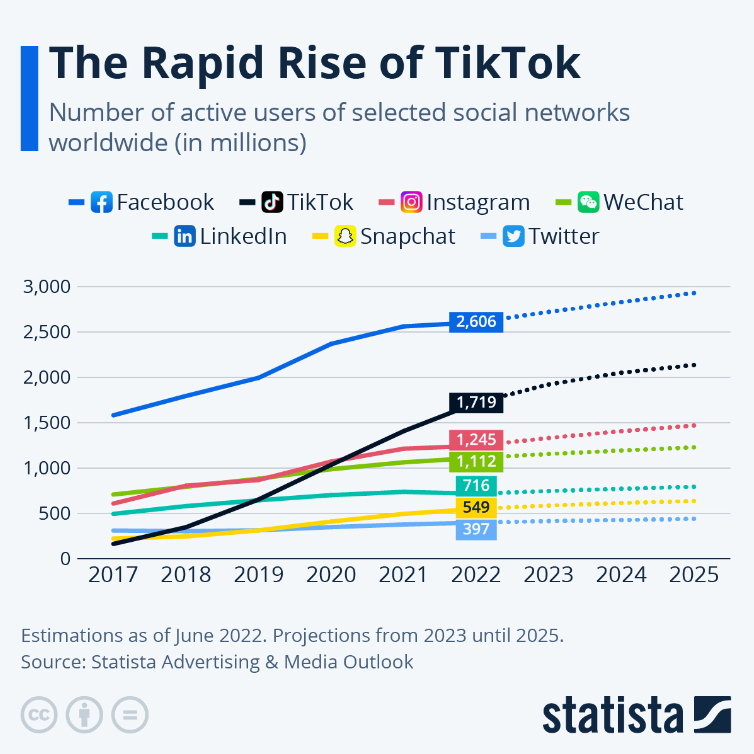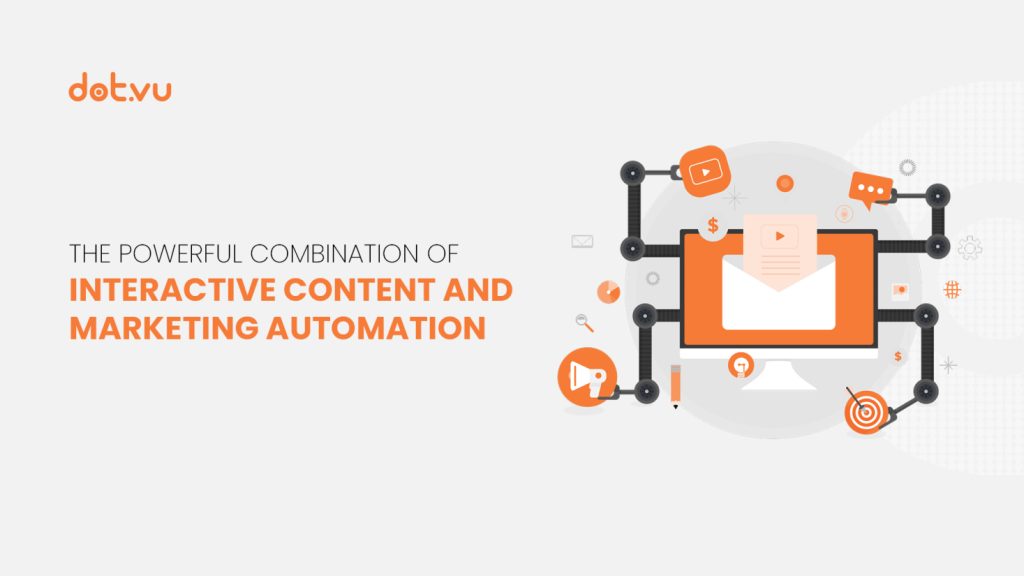
With new technologies and shifting industries and consumer behaviors, measuring Return on Investment (ROI) in content marketing has never been more crucial.
Technology is changing the way the entire market behaves, and In fact, it’s changing consumer behaviors as rapidly as ever; for example, a recent survey showed that TikTok is the #1 search engine for more than half of Gen Z. In fact, the survey showed that 51% of respondents chose TikTok over Google as their search engine.

So whether you’re a seasoned marketer or new to the field, understanding how to effectively measure your content’s impact is key to navigating the professional world we live in, and the state of things in digital marketing in 2024.
Fast-track to your favorite section:
- The importance of ROI in content marketing
- Key metrics and KPIs for measuring content marketing success
- Strategies for optimizing content marketing ROI
The Importance of ROI in Content Marketing
In this era, where every dollar spent on marketing efforts needs to justify itself, understanding and the importance of ROI helps businesses allocate resources more effectively and make much more informed decisions.
Measuring ROI will allow you to demonstrate the value of your content efforts and secure continued support from stakeholders.
A positive ROI proves that your content is producing tangible results, like increased leads, sales, or brand awareness.
This is extremely important, especially when the stakeholders and decision makers are not marketers themselves: you need to be able to speak their language, and clearly communicate the value that your marketing campaigns and strategies are bringing to the company.
Without an “eye” on ROI, it can be dangerously easy to fall into the trap of creating content that simply doesn’t deliver.
Data does not lie, and metrics will literally tell you what’s performing, allowing you to cut underperforming content and focus on what’s generating results.
This ultimately prevents wasted time and ensures your efforts are actually aligned with your initial marketing goals.
Key Metrics and KPIs for Measuring Content Marketing Success
Measuring the success of any and all content marketing initiatives is crucial for understanding ROI.
It involves tracking various metrics and key performance indicators (KPIs) that provide insights into how your content is performing.
Here’s a breakdown of the most common metrics to regularly keep an eye out for.
Traffic Metrics: Views, Clicks, and Unique Visitors
Traffic metrics are the backbone of content marketing analysis: They provide a basic but powerful understanding of how many people are viewing your content, how they are interacting with it, and whether it’s reaching the intended audience.
Tracking views, clicks, and unique visitors offers a clear picture of overall content reach and audience interest.
Engagement Metrics: Time on Page, Social Shares, and Comments
Engagement metrics go beyond basic traffic numbers, and tell us how our audience is interacting with our content.
Time spent “on page” indicates content relevance and value, while social shares and comments reflect audience engagement and your content’s ability to generate a conversation.
In fact, thinking of marketing as a two-way conversation, rather than just pushing content, is crucial for success in any content marketing effort you can think of.
By creating a two-way dialogue, you’re actually building relationships with your audience, making them feel heard and valued, which will build brand trust and loyalty, which are essential for long-term success.
Conversion Metrics: Lead Generation and Sales Conversion Rates
It’s important to remember that the ultimate goal of content marketing is to drive action (and increase conversion of course).
Conversion metrics measure this by tracking how many visitors turn into leads or customers, which involves monitoring lead generation rates and analyzing how content influences sales conversions. Effective communication and presentation skills play a crucial role in conveying the value of products or services, fostering engagement, and ultimately impacting how potential leads transition into customers.
It’s also important to regularly track and analyze how different pieces of content contribute to different stages of the customer journey: from initial awareness to consideration and purchase.
This will help you identify content gaps, and opportunities to optimize your content funnel for the maximum conversion potential possible.
Strategies for Optimizing Content Marketing ROI
Once you have a grasp of the key metrics you’ll be making use of, the next step is to optimize your content for better ROI, using the data you gathered.
This will require you to exercise data-driven decision making, and through strategic planning and well-thought tactics, you’ll be able to align with your audience’s interests and behaviors.
Here are some of our favorite strategies for optimizing content marketing and storytelling, and increasing your ROI.
Content Personalization and Targeting
Content personalization is key to increasing engagement and conversions.
In fact, in 2024, it’s literally the name of the game, and with the help of advanced AI marketing tools, as well as, data analysis tools, you as a marketer can customize content to meet the specific needs and preferences of different audience segments, enhancing the relevance and effectiveness of all your marketing efforts.
You can start gathering data from multiple sources, such as website analytics, CRMs, social media analytics, email marketing data, surveys, and feedback forms.
There are several data analysis and AI-powered content tools available to help you create more personalized customer experiences, such as Google Analytics, Hotjar, Optimizely, and Adobe Target.

Integrating SEO and Social Media Strategies
SEO and social media are integral to content marketing, and in order to achieve success in your campaigns, it is important to understand the role of both in your overall strategy.
SEO is the process of making efforts and improvements to increase visibility in search, while social media marketing is the art of leveraging social media platforms to engage with your audience and promote your brand. With the help of SEO professionals, strategic optimizations can be implemented, enhancing the likelihood of achieving higher rankings in search engine results pages (SERPs).
Actually, SEO can be easily overlooked, however, optimizing content for search engines increases visibility and drives organic traffic, and when you combine this with a strong social media presence, it will result in higher engagement with your audience and it will expand your overall reach.
Creating Interactive Content
Interactive Content such as quizzes, polls, and Interactive Videos, is becoming increasingly popular when speaking of content marketing, and in media consumption overall.
This type of content not only boosts engagement but also provides valuable insights into consumer preferences and behaviors, directly resulting in more targeted marketing efforts.
By allowing users to actively participate in your content, all types of Interactive Content can provide your business with a wealth of data and useful insights, which can be used to tailor your marketing efforts and improve your overall strategy.
With Interactive Content tools like Dot.vu, you can get started easily by using customizable templates.

Start Measuring Your Marketing Campaigns Today
Measuring the ROI of your content marketing campaigns is not just a one-time activity but an ongoing process of continuous optimization.
It’s important to remember that a strong ROI isn’t just about immediate financial gains, it’s about building long-term value for your brand, establishing trust with your audience, and securing a sustainable future for your content marketing strategies.
So embrace it: embrace the importance of ROI, track your metrics diligently, and use the data to steer your content marketing towards greater success, and of course, greater revenue.



